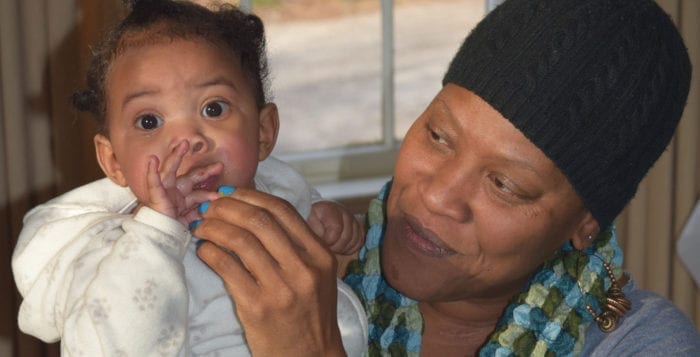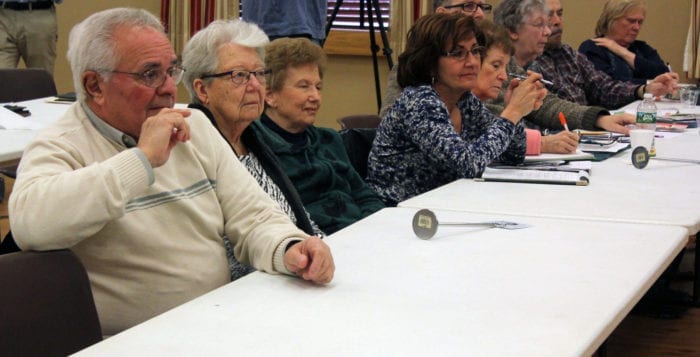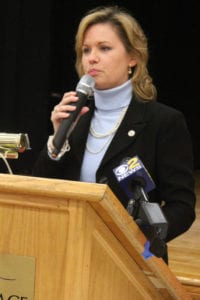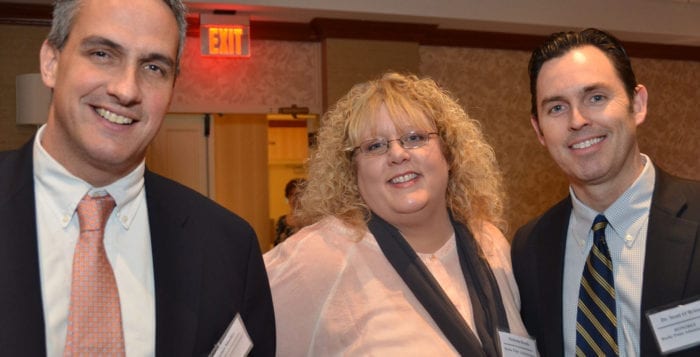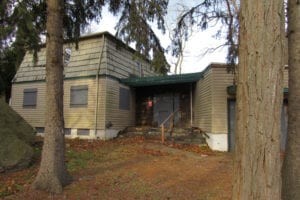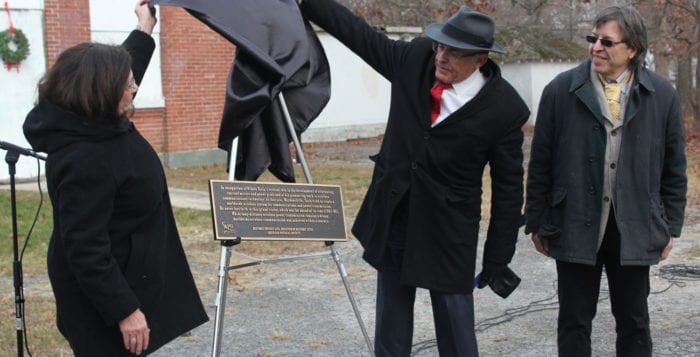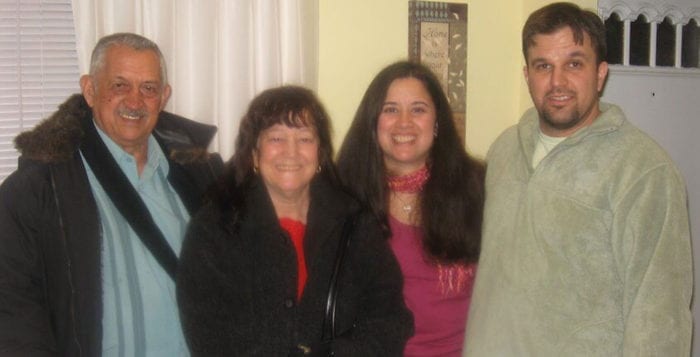By Desirée Keegan
One hundred and one days ago, Nick McErlean got on his knees as he does every night and prayed.
The 27-year-old struggling drug addict and alcoholic was looking for a way out and a way off Long Island.
“I said, ‘God, you could send me to West Palm Beach, or you can keep me here,’” he said. “‘Whichever is your will.’”
At 8:30 a.m. the next morning, Tracey Farrell, a complete stranger to McErlean, called him regarding her new nonprofit organization, On Kevin’s Wings, to tell him she’d like to help him get that plane ticket out of New York and into recovery. After her two-hour initial conversation, she kept in close contact with him, and after a short two-day span, he was on a plane to Florida. He’s now 99 days sober.
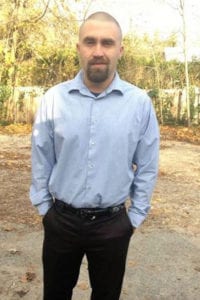
“I say this very seriously — it’s like God sent me an angel,” McErlean said. “Tracey found out about me and just took a chance, and it’s turned out to be the greatest thing to ever happen to me. I struggled for 13 years with drug addiction and alcoholism and what Tracey provided for me was a fresh start somewhere new. I could seek out the recovery I wanted and find out who Nick really is.”
Farrell, the founder of the group North Shore Drug Awareness, who helped work with Suffolk County to create the PSA “Not My Child,” following the loss of her son Kevin to a heroin overdose, said that although she initially wanted to create a coalition two years ago, she realized what she was doing was much more important.
“Of course, prevention is important, but North Shore [Drug Awareness] is really about awareness, communication, education, support — it’s just such a bigger scope than that,” she said. “I’ve had so many people reach out to me for help with their family members to get treatment, and so often I hear of families who want to send their kids out of state and unfortunately are stuck because of financial hardships. It totally clicked in my head, that that’s where I can help. Whether it’s airfare, bus fare, train fare. Anywhere I can help with transportation I’m going to take advantage of it.”
While formulating an idea of what she wanted her foundation to be, McErlean was living at a sober home in Riverhead. He said he was unhappy, and he was afraid he’d start using again.
“I’d been on Long Island my whole life, and I felt stuck,” he said. “I was caught in the grips of an overwhelming cocaine addiction. I saw my life on the streets ending with death, and I knew I didn’t want to die, and I knew that I didn’t want to be homeless and I didn’t want to hurt anybody else, most importantly myself.”
In conversation with a friend in the Riverhead facility, McErlean joked about wanting to move away. His friend responded that if he was serious, he might know someone who could help. McErlean was connected with Katrin O’Leary in West Palm Beach, who helped place his new friend in the home in Riverhead. The parent advocate told him that if he could get money for a flight, she’d save him a bed.
“It takes a village to help each other,” said O’Leary, who is also on the board of the Florida Association of Recovery Residencies. “Due to my connections, I connected him with someone who was willing to scholarship him in until he gets his feet on the ground.”
“I’m a suicide survivor, and the biggest thing that I’ve gotten out of this whole journey is my will to live back.”
—Nick McErlean
But he didn’t have money for a flight. After telling O’Leary, that’s when she reached out to Farrell, whom she’s known for a few years, asking if she knew anyone that could help.
“I literally had just started the foundation, so it was kind of amazing,” Farrell said when she received the call from O’Leary. “It reinforced me that this was the right thing to do.”
Two days later, she was helping put McErlean on a plane to Florida, and O’Leary, whose son is currently 25 months sober, couldn’t be happier to help him and for the work Farrell continues to do.
“He’s thriving,” O’Leary said. “It feels fantastic to help another person find their way into recovery. That’s what we all hope for. It’s someone’s child, and everyone should have a fair chance at life, especially when they’re willing. And Tracey is my hero. I cannot even fathom losing a child to substance abuse disorder and instead of just walking away, because that would’ve been her way out, she continues to help other children. I have the utmost respect for her.”
While some say the best way to get over the past is to face it head on, that was not the case for McErlean, who tried and continued to fail. He said being on Long Island he was surrounded by the reminders of his past, but in Florida, recovery and sobriety is all he knows, and he’s surrounded by people who will go to great lengths to get and stay sober.
“That’s what I needed in my life,” he said. “My whole life, I had a void within myself. I never felt worthy of anything. I never felt that anything I got I deserved. I always felt less than and I came down here on a self-seeking discovery and the journey is turning out to be beyond my wildest dreams already.”
In Florida, he’s gaining more than just sobriety. He has a full-time job, and he’s seeing and experiencing things besides sobriety he said he wouldn’t have had the opportunity to without Farrell’s help.
“There’s no doubt in my mind that if I stayed on Long Island I would have relapsed and I would have died,” he said. “It’s just how my life had gone from 14 years old to the point before I moved down here. I’m a suicide survivor, and the biggest thing that I’ve gotten out of this whole journey is my will to live back.”
McErlean called Farrell when he reached 90 days sober. It happened to be the day Farrell started a GoFundMe page for her organization. As of publication, On Kevin’s Wings has raised $2,075 with the help of 33 donors.

“I’m watching the money come in … and $1 million could’ve come in and I would still be more happy about his 90 days,” she said. “I’m just so proud. That’s a big number. That’s when their brain actually starts to heal — after that 90-day mark, so it’s so key that he got there. My son didn’t get to get to the 90-day point. Kevin was just shy of 90 days. I could cry that’s how much it means.”
Farrell said when she first got involved in helping others, she told herself, “if I could help one person,” but knew one was not enough.
“The fact that people know me by name now and know that they can come to me and I can help them, it’s the most gratifying thing,” she said. “It helps me heal in ways I could never have imagined.”
Farrell held the organization’s first fundraising event, a food and wine pairing dinner at Pure North Fork Craft Kitchen & Bar in Wading River Jan. 25. The event sold out days in advance. The next fundraiser will be held at Buffalo Wild Wings in Miller Place in March.
If in need of help, reach out to Farrell through the Facebook page North Shore Drug Awareness or On Kevin’s Wings Facebook page. If you’d like to donate to the organization’s cause, visit www.gofundme.com/on-kevins-wingshope-takes-flight.
“It’s only because of this relocation process that I’ve become so willing,” McErlean said. “The addiction crisis on Long Island is absolutely at an all-time high and I’m tired of burying friends, sons and daughters, brothers and sisters, mothers, fathers, you name it. People are dropping like flies. As I gain more and more sobriety and as I gain more and more through this process, it isn’t about me anymore. I want other people to know and see that there is a way out.”




